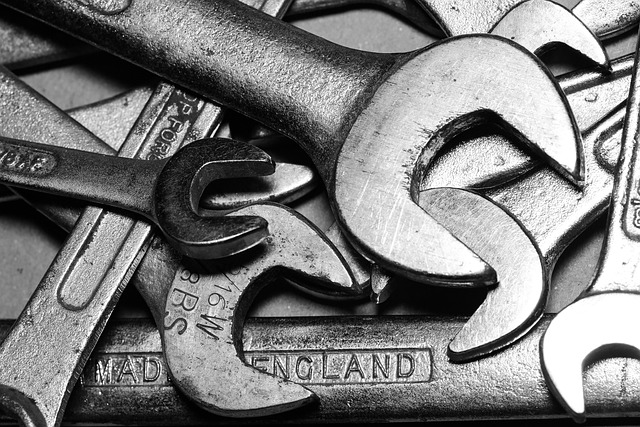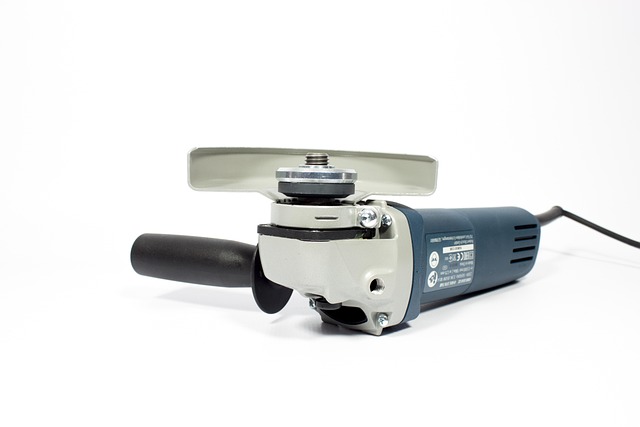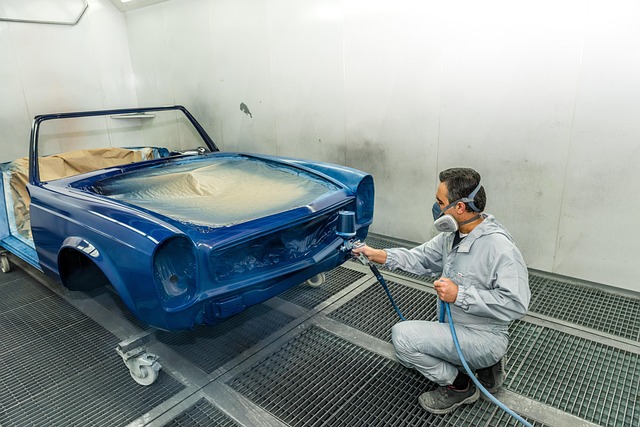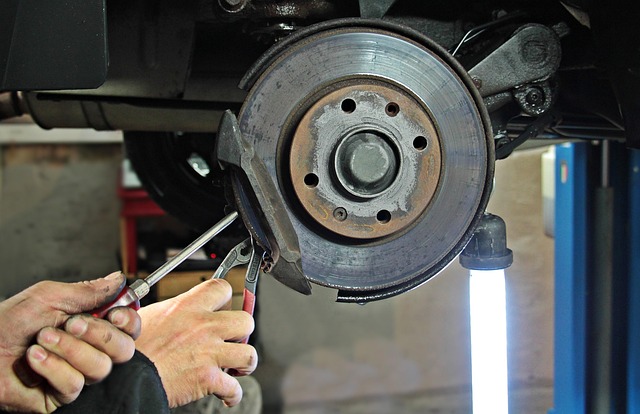Tesla's advanced battery protection systems use sensors and circuitry to safeguard high-voltage packs during vehicle repairs, preventing short circuits and thermal events. Diagnosing issues involves visual inspections, terminal checks, and diagnostic tools, leading to repairs ranging from cell replacements to software adjustments. For accurate, safe, and environmentally responsible Tesla battery protection repair, trust qualified body shops using genuine parts, proper PPE, ventilation, and responsible disposal methods.
In today’s electric vehicle revolution, understanding Tesla battery protection systems is crucial. These sophisticated mechanisms safeguard your car’s high-voltage batteries from short circuits, overcharging, and thermal runaway—potential hazards that can lead to costly repairs. This article guides you through the process of diagnosing and repairing common battery issues, offering best practices for safe and effective Tesla battery protection repair. Learn how to navigate this intricate system effectively.
- Understanding Tesla Battery Protection Systems
- Diagnosing and Repairing Common Battery Issues
- Best Practices for Safe and Effective Repairs
Understanding Tesla Battery Protection Systems

Tesla Battery Protection Systems are designed to safeguard the vehicle’s high-voltage battery pack from potential damage during an auto collision repair or vehicle body repair. These systems play a crucial role in ensuring the safety and longevity of Tesla vehicles, which are renowned for their advanced electric powertrains. When a vehicle undergoes a vehicle body shop repair, especially after a mishap, it’s essential to understand how these protection mechanisms work to facilitate proper repairs without compromising safety.
The system employs sophisticated sensors and circuitry to detect any impact or unusual voltage fluctuations. Upon identifying a potential issue, the battery protection software activates measures like isolating affected cells, rerouting current, or even shutting down the battery temporarily. This proactive approach not only minimizes the risk of short circuits or thermal events but also aids in targeted Tesla battery protection repair, ensuring that the entire pack remains functional and secure throughout the vehicle body repair process.
Diagnosing and Repairing Common Battery Issues

When it comes to diagnosing and repairing common battery issues with your Tesla, understanding the root cause is key. Start by inspecting the battery for any signs of physical damage, corrosion, or leaks – these can often be indicators of a faulty connection or internal component failure. Check the battery terminals for cleanliness and tight connections; loose or corroded terminals can hinder power flow.
Next, utilize advanced diagnostic tools to run a series of tests on your Tesla’s battery system. These tools can pinpoint specific issues like cell imbalances, overcharging, or short circuits. Once identified, repairs may range from replacing faulty cells within the battery pack to addressing issues with the charging system or battery management software. Trusting these tasks to a qualified automotive body shop specializing in Tesla battery protection repair ensures accurate diagnoses and effective, long-lasting solutions for your vehicle’s power source.
Best Practices for Safe and Effective Repairs

When undertaking Tesla battery protection repair, safety should always be the top priority. This involves wearing appropriate personal protective equipment (PPE), including gloves, eye protection, and a respirator, to prevent exposure to harmful chemicals and debris. Additionally, ensuring proper ventilation in the workspace is crucial for maintaining air quality.
For effective repairs, start by thoroughly inspecting the damaged area, identifying the source of the issue, and gathering all necessary tools and materials specific to Tesla battery protection repair. Use only genuine replacement parts designed for electric vehicle batteries to guarantee compatibility and safety. Proper disposal of old or damaged components is also essential to adhere to environmental regulations and prevent hazardous waste accumulation. Lastly, regular cleaning and maintenance of both the repair site and the surrounding auto bodywork can help prevent future issues.
In conclusion, handling Tesla battery protection repairs requires a deep understanding of the system and adherence to best practices for safety and effectiveness. By mastering the art of diagnosing common issues and employing proper repair techniques, you can ensure your Tesla’s battery remains in top condition, extending its lifespan and maintaining optimal performance. Remember, when it comes to Tesla battery protection repair, knowledge is power.














